Visual Propaganda #11: Frederick Sommer
Against the morbid sublime landscape of Arizona, Frederick Sommer saw new possibilities in photography
Born in Italy in 1911 and having grown up in Brazil, artist and photographer Frederick Sommer moved to the United States in the ‘20s to study landscape architecture at Cornell. Sommer met his wife Frances around that time, and she contracted tuberculosis. Together, they relocated to Tucson, AZ and then to neighboring Prescott for its clean, dry air. The landscape of Arizona, its bleak and totalizing sublime and its vast open space in which the full cycle of creation and decompositional processes transpires in plain sight, was fundamental to the unique artistic sensibility that Sommer would hone.
Sommer’s earliest works are rather uninteresting and tepid watercolors that mostly fail to impress. It was when he picked up the camera that something resembling an aesthetic vision formed. In 1935, Sommer visited Edward Weston and then Alfred Stieglitz in New York, and became wholly convinced of the creative potential in photography, eventually developing an indisputable mastery of the form. Sommer’s choice of imagery, however, couldn’t be more removed from the likes of Weston and Stieglitz. While he did primarily focus on landscapes, he pointed his camera at the geological polarities of the Arizona desert. The images are dark and ominous, wielding an undeniable emotional charge. Sometimes, Sommer would point at very specific details in close-up, and some of them were abject and even gruesome: decomposing animal carcasses, bones, decay and putrid death. What I am particularly drawn to in Sommer is how disconnected he was from any of the artistic movements of his time. Sure, his evolution of the subject matter and formal possibilities of photography could see him aligned with the surrealist image production of European surrealists and dadaists like Man Ray, Hans Bellmer, or Jacques-Andre Boiffard. But Sommer never came into contact with these artists nor do we have record of him corresponding with them. Instead, he exists in a space all his own. The master photographer and freak pointing a camera at dead rodents in the Arizona wild, a kind of postmodern wild west shamanic visionary.
Later, Sommer experimented with collage and mixed-media art, splicing together anatomical drawings of the human body often pulled from the Gray’s Anatomy book (a book that would also be highly influential on the young Jean-Michel Basquiat.) But few of the images fail to impress me with the power of his photographic work. Sommer is widely regarded as an innovator in the field of photography, but simultaneously reads as suspiciously absent from the standard history of 20th Century art. This imbues engagement with his work with a kind of esoteric thrill, occulted from the text books and of the pretensions of academic fags in the art world. Inspiring to anyone interested in aligning with the Counter-Agency.




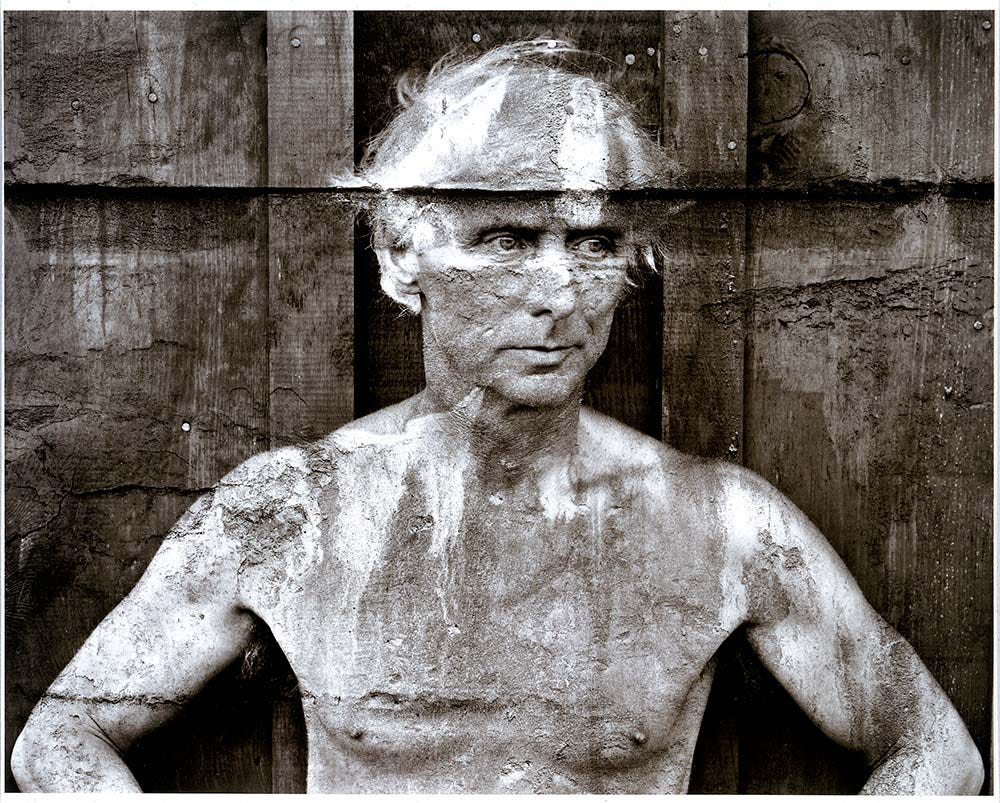
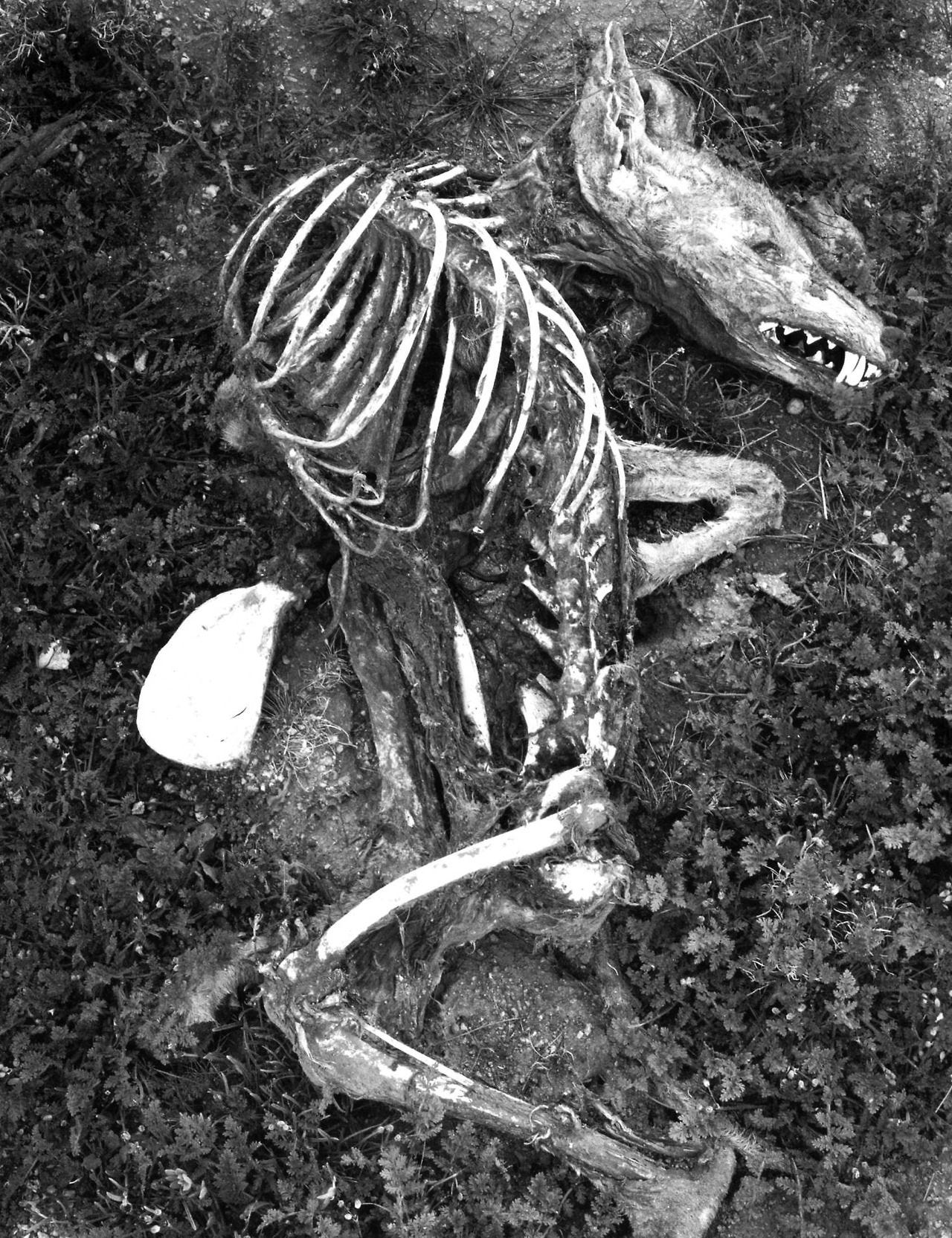
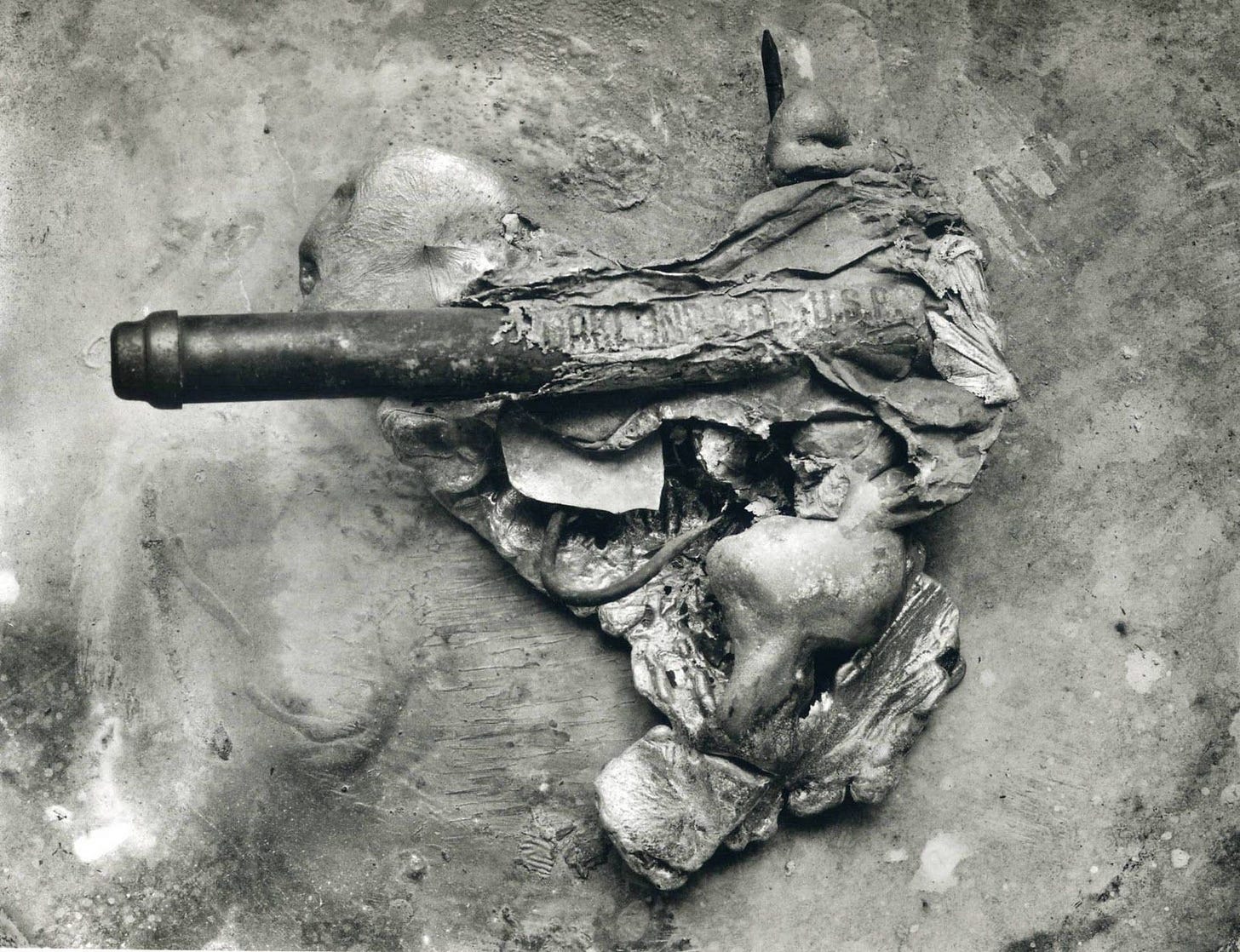


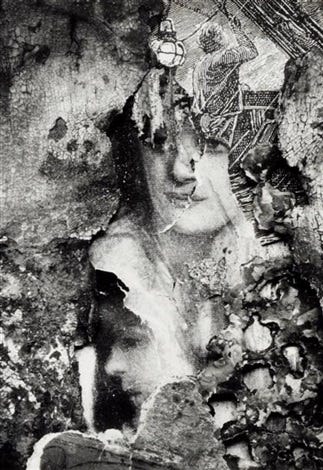
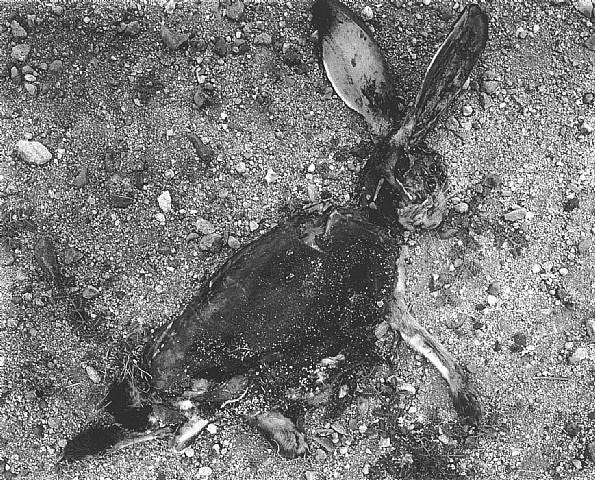
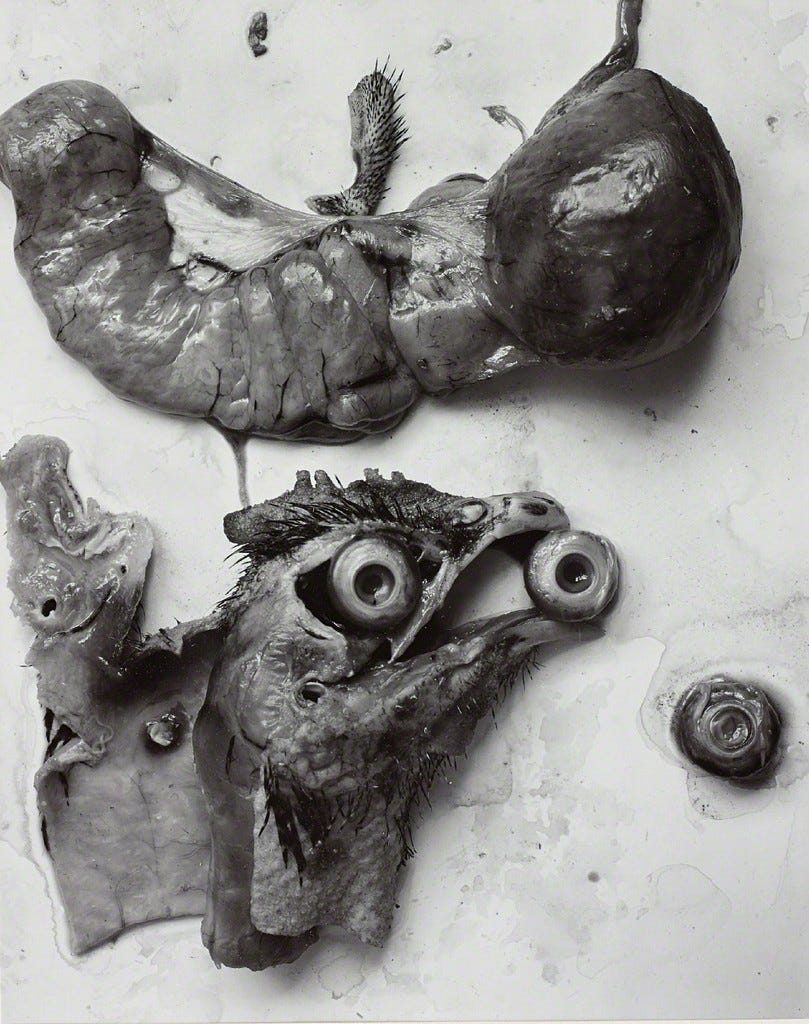
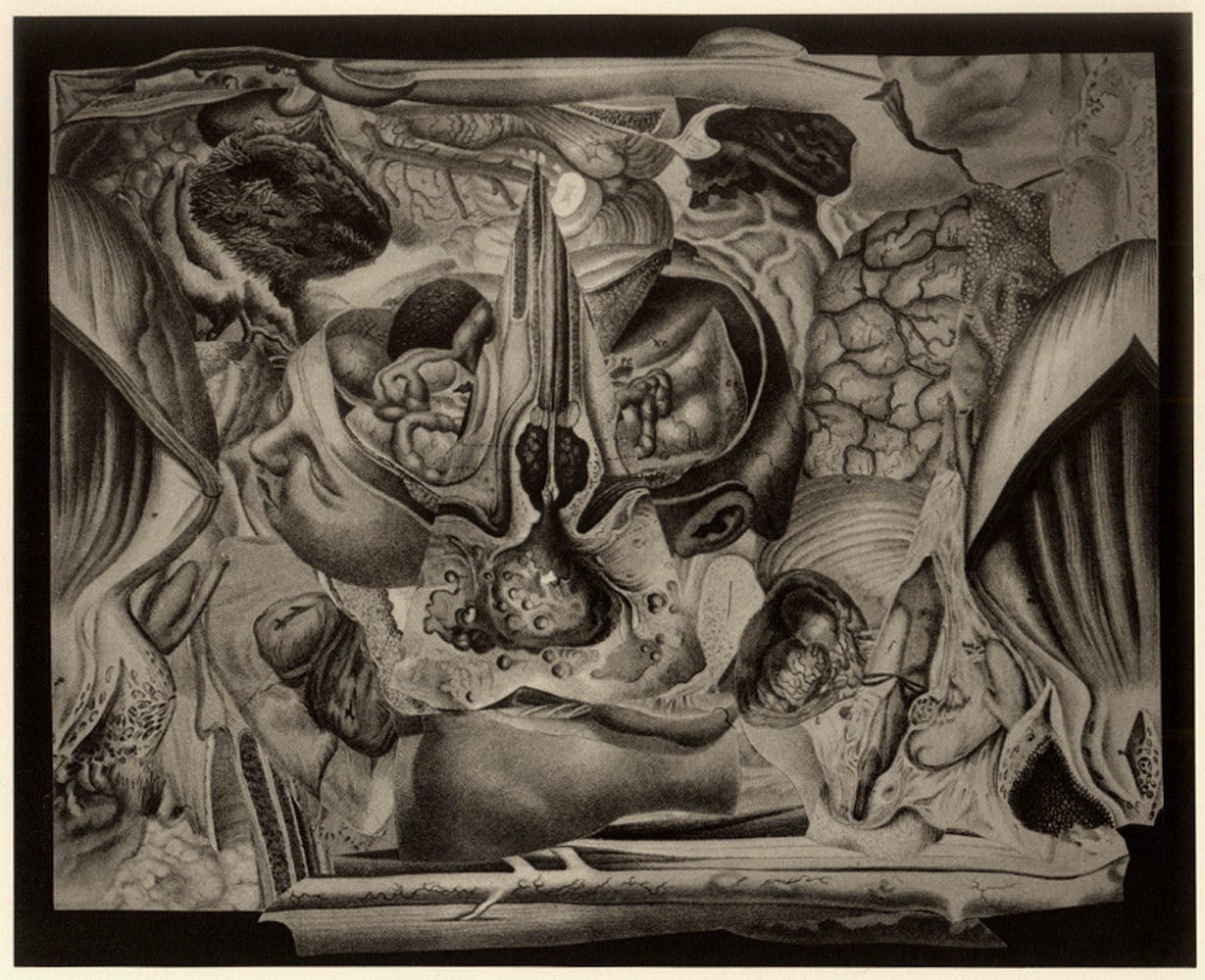
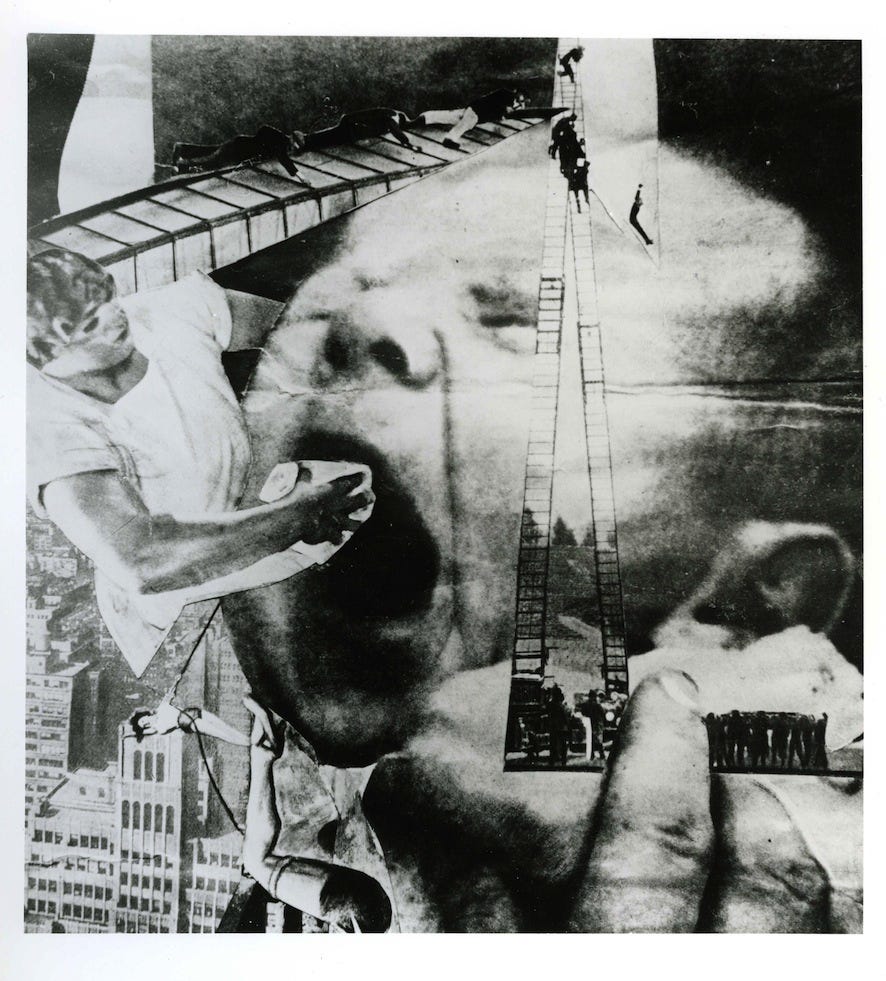
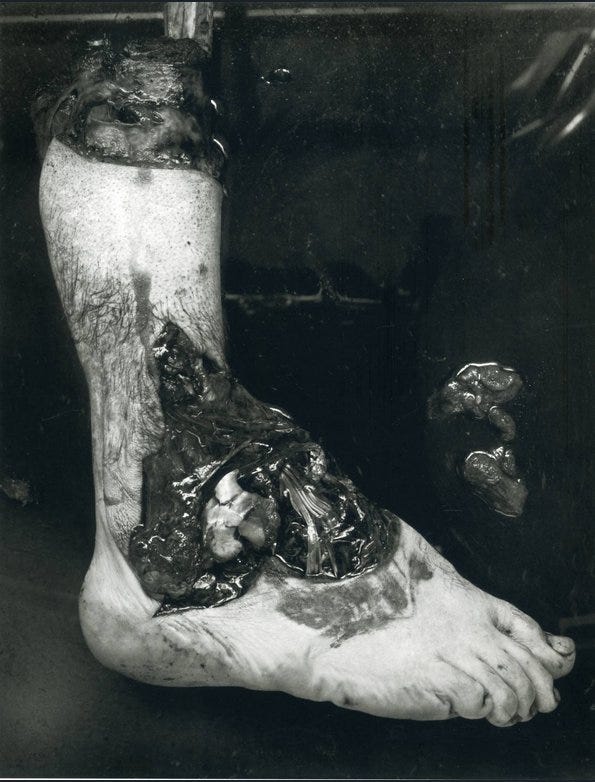

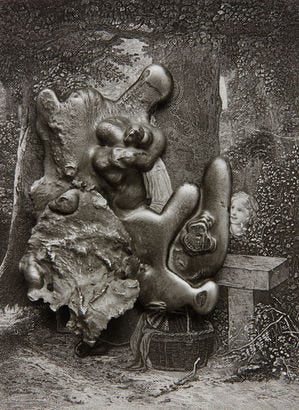
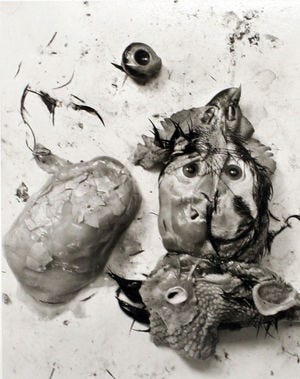
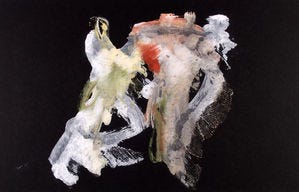

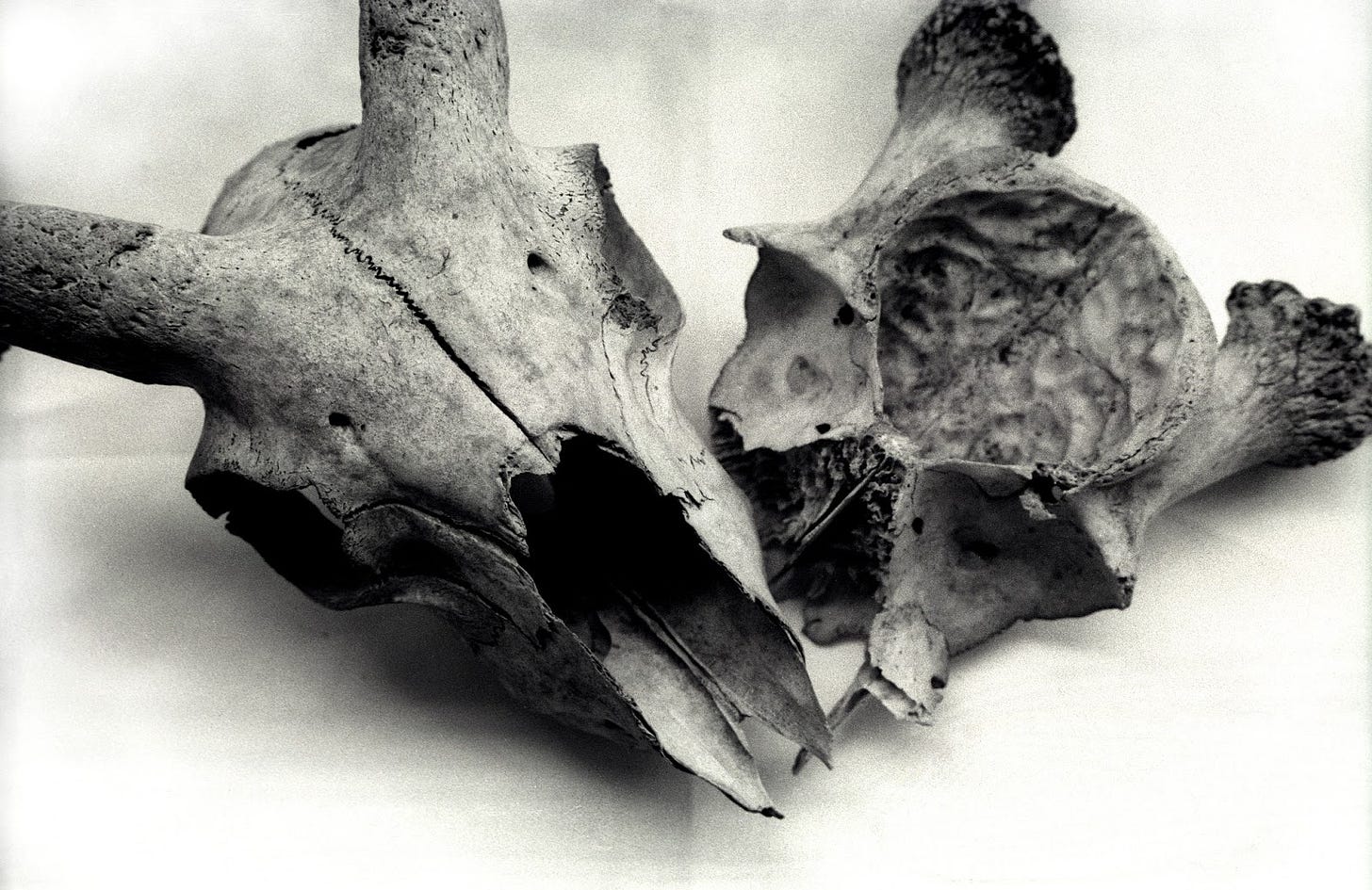
Dear Substack members,
I am inviting you to visit my page where I reviewing different topics regarding music, books. Recently I have started a serie of reviewing a certain type of books. Thank you everyone! https://jaroslavnovosyolov.substack.com/p/serie-books-from-anton-la-veys-shelf?utm_source=%2Finbox&utm_medium=reader2